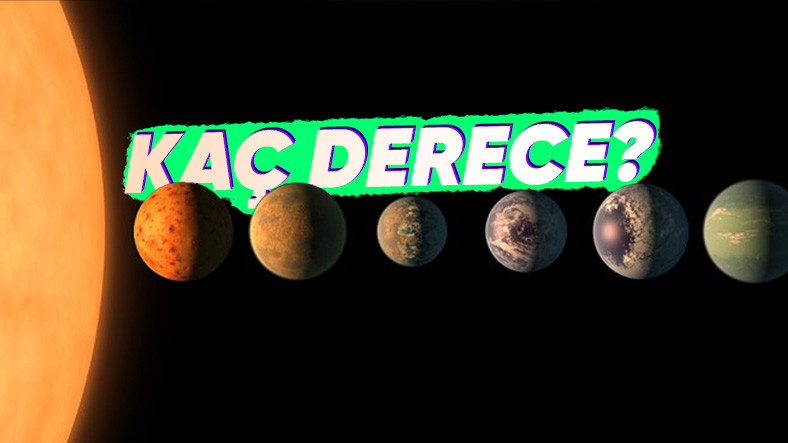What scientists have learned
A study by Thomas Cullen and colleagues analyzed the skull and dental anatomy of extinct theropods and their modern relatives, such as Komodo dragons and crocodiles. The researchers found that the ratio between skull size and teeth was approximately the same in all three groups.
However, enamel thickness in crocodile teeth was much thinner on the outside than on the inside, whereas in theropods there was no such difference, suggesting the presence of lips that protect the teeth from the environment.
The researchers also studied the skull anatomy of crocodiles, lizards, and theropods. They found that crocodiles have small openings in their noses that help them feel pressure, while lizards have openings just above their teeth that carry blood vessels and nerves. It turned out that the skulls of theropods were closer to the skulls of lizards, suggesting that they also had lips.

Tyrannosaurus skull and reconstruction of the lipped head / University of Portsmouth
Although the study provides evidence in favor of the hypothesis that the teeth of tyrannosaurs were covered with lips and did not protrude beyond the mouth, the discussion is not over yet. Some evidence suggests that the bones in the faces of these predators were hard like those of crocodiles and covered with scales;
Regardless of the controversies, the study provides a new perspective on the appearance of these wonderful creatures and could change how they are portrayed in popular culture. Instead of the eerie, protruding teeth often featured in movies and books, the reality is that tyrannosaurus teeth may have been hidden behind the lips, similar to the teeth of lizards.
Source: 24 Tv
I’m Maurice Knox, a professional news writer with a focus on science. I work for Div Bracket. My articles cover everything from the latest scientific breakthroughs to advances in technology and medicine. I have a passion for understanding the world around us and helping people stay informed about important developments in science and beyond.














